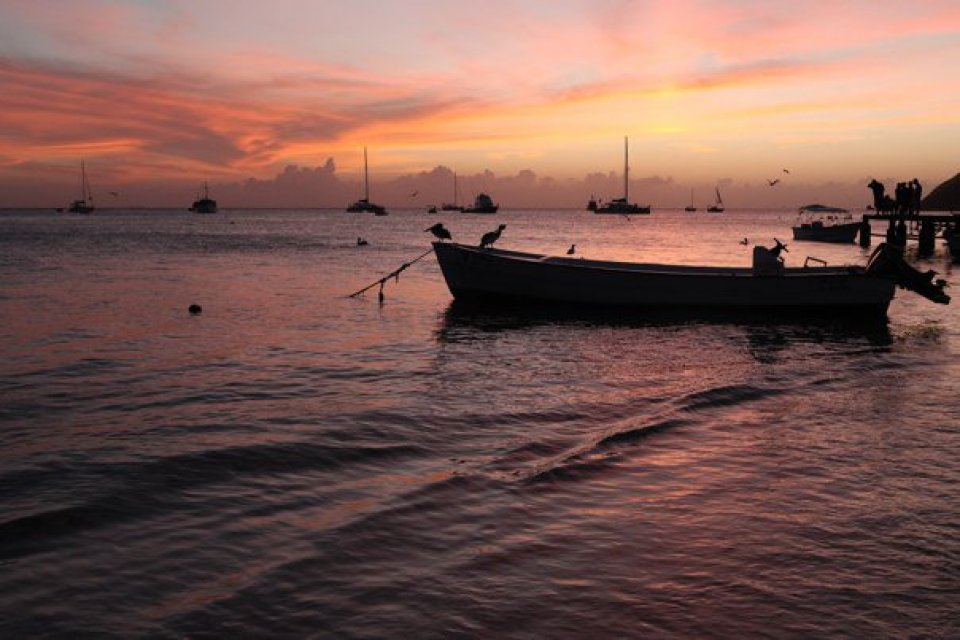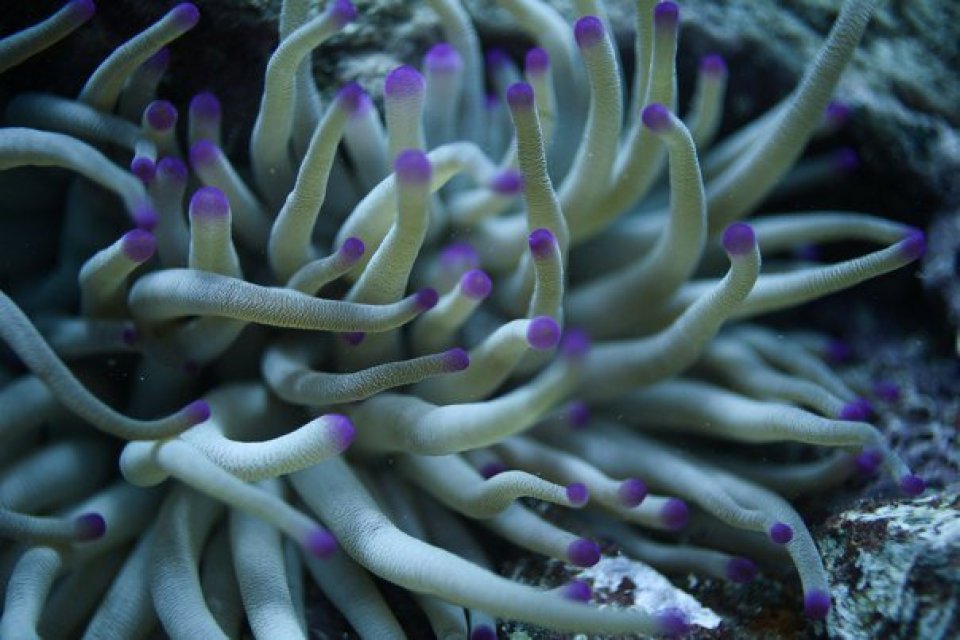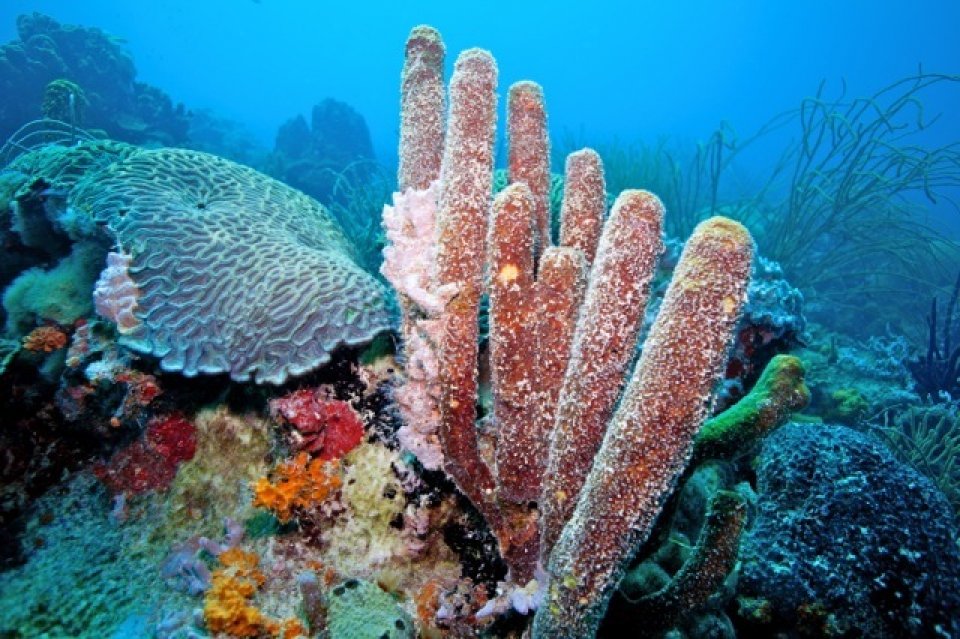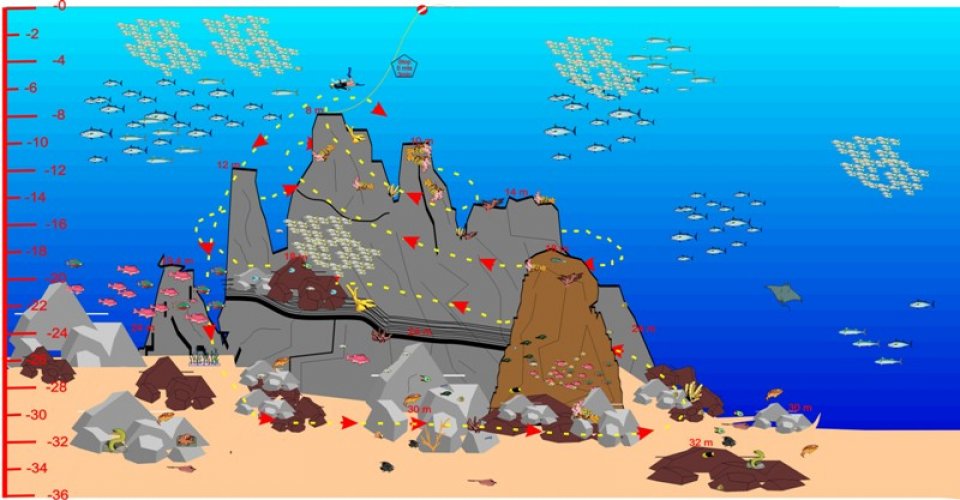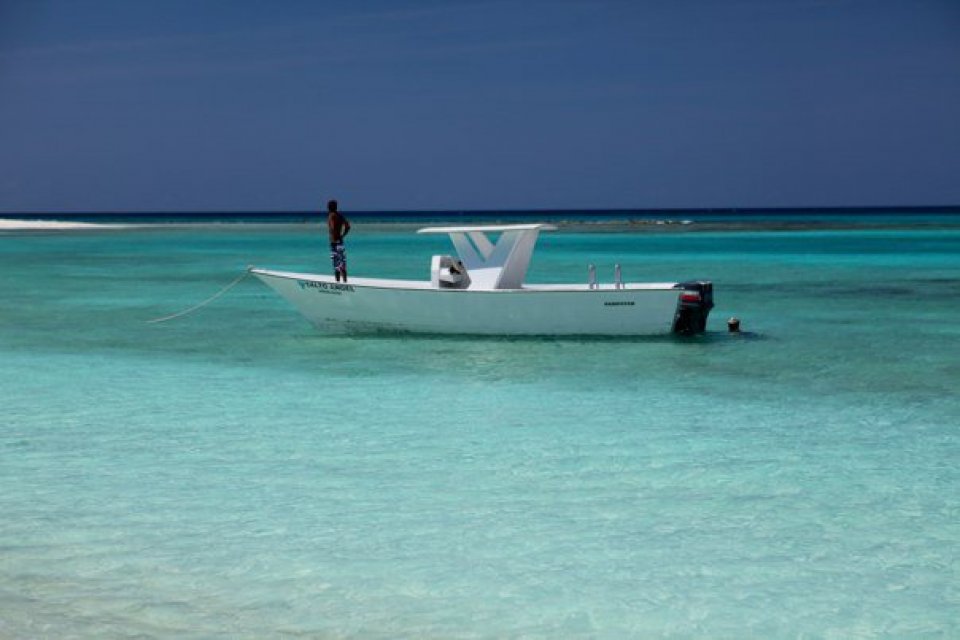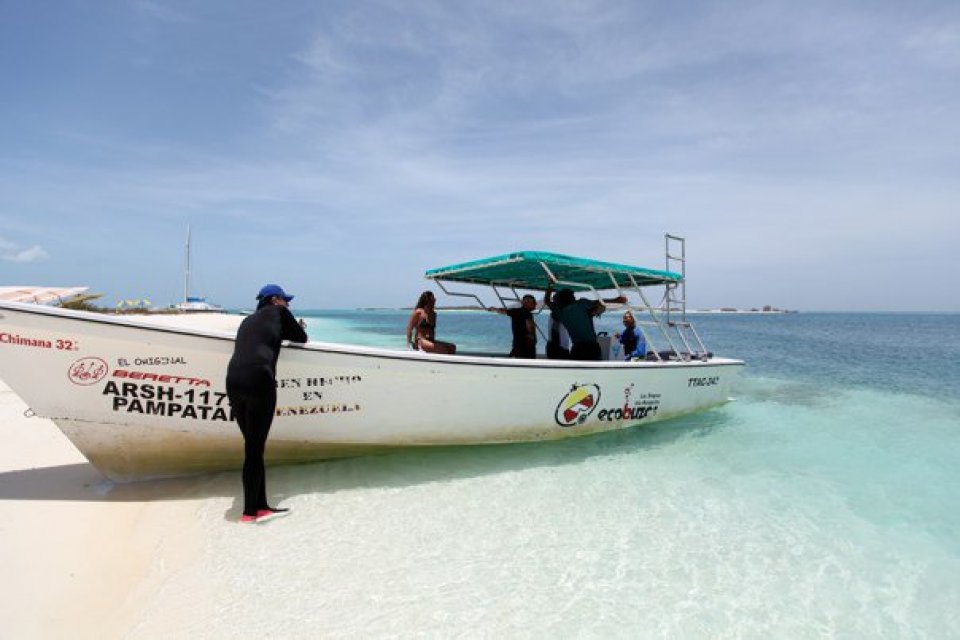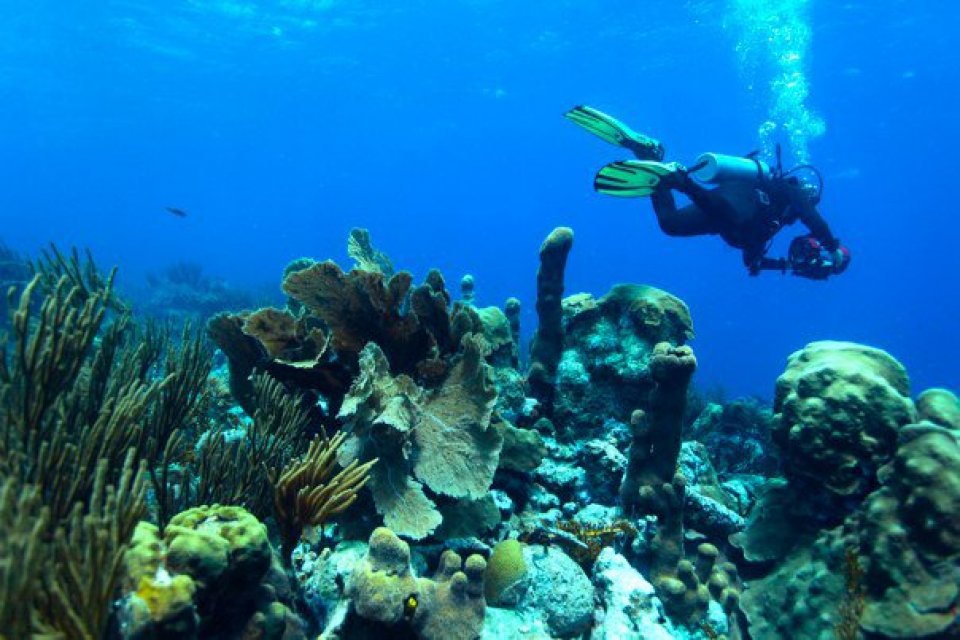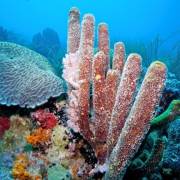Dive in Los Roques
Diving in Los Roques
The diving in Los Roques can become one of the most fascinating and memorable experiences for a diver. Los Roques is a paradise, rated one of the best diving spots worldwide characterized by its clear and transparent, and the rich variety of the marine species in the archipelago will impress any scuba diver. Los Roques' coral reefs are an exceptionally varied environments where fluctuations in temperature, small areas of rough and calm waters, and bright and shady areas where an abundance of nutrients are generated. As you dive through the crystal blue water on your undersea scuba diving adventure, you will also see a complex underwater ecosystem of sea grasses. This ecosystem is the home of hundred of species of fish, as well as mollusks, turtles, snails and the queen conch.
Some species of fish, such as the surgeon fish, angel fish and the spotfin butterfly fish, have adapted specially to the coral reef. You will also encounter parrot fish, barracudas, nurse sharks, various species of rays and manta rays feeding on plankton.
You will enjoy a variety of dive sites for all levels, from shallow reefs, to steep coral walls, caves, and even some sea whips coming down over 200 ft through a kaleidoscope full of tropical fish.
The most famous dive sites are "The Stone of Guaza" a huge mountain in the bottom of the ocean, with excellent marine life. In "Tounge of the Ocean" you'll see a wall from 3m (10ft) to 61m (200ft). In Boca del Cote you will see beautiful coral reefs with the typical reef fish, lobsters and more. "Boca del Medio" offers the most bright corals, schools of barracudas, rays and nurse sharks. In adition "Dos Mosquises" have splendid reefs and Turtles. In the Nordisqui key, you will find a spectacular coral stone formations, plus canals, shipwrecks, groupers and rays.
Since Los Roques is a National Park, diving without a certified guide is forbidden, so you should always use a dive center and instructor or dive master and the services offered by them to the practice of this activity.
Diving in Los Roques can be practiced all year round, but the best diving conditions occur in summer, where you will find days with absolute calm, and you'll be able to dive the ear side. The winds blow strong from December to April. The water temperature varies from 25 to 30°C, being the coldest in January and February, and the warmest between June and October. The temperatures in summer can reach 27°C, and the islands enjoy a nice breeze. The rainy season happens between September and January. The average visibility ranges from 30 to 40 meters and sometimes even more!

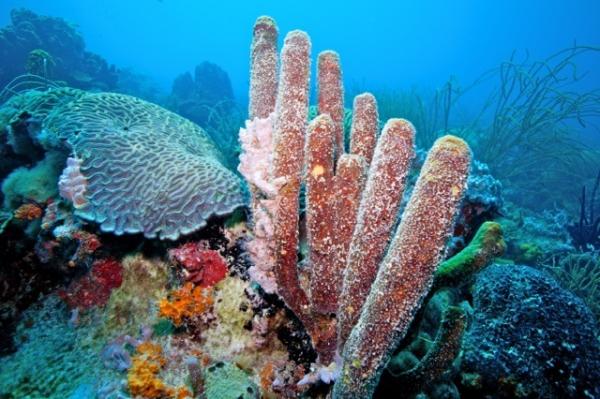
Travel to Los Roques

Los Roques are the southernmost of the Caribbean islands and arguably the most spectacular. Boasting over 50 islands surrounding a huge lagoon, Los Roques feature pristine white sand beaches and a variety of wildlife, including iguanas, salamanders and black lizards. Located 156km/70 miles north of Caracas, and a one-hour flight from Margarita Island, Los Roques archipelago is one of the largest and the oldest National Marine Parks (designated in 1972) in all of the Caribbean.
The Roques Archipelago is composed by about 75 keys and 300 sandbanks, inslets, and reefs arranged in an oval shape around a central shallow lagoon surface creating an atoll shape, very similar to the ones in the Pacific Ocean. It is by far one of the most beautiful and best conserved places of the Caribbean. In Los Roques you will find very white sand and a different water hues, from turquoise green to deep blue. On the keys you will just find sand and sea, a perfect setting for a diving holiday!
The best way to reach Los Roques is via an international flight to Caracas, Porlamar (Margarita) and Maracaibo, and from there a connecting flight to the main island, El Gran Roque, or also via a private charter flight. Don't miss the spectacular view when arriving to the island, thanks to the variety of blues that can be seen from the air. Another travelling alternative is by sea in a catamaran or a boat.
The main and only populated island is El Gran Roque, where the airport is located, as well as all the accommodation possibilities. Other important islands in the atoll are Francisqui, Nordisqui, Madrisqui y Crasqui. In the small key of Rasquí, very near to El gran Roque, you'll find a very small bed and breakfast with a few rooms, the closest possibility to having an island to yourself!
Besides diving, exploring other kays like Cayo de Agua or walking around Bajo Fabián, lounging on the incredibly beautiful beaches and swimming on the sea are some of the activities possible in this area. In Cayo Dos Mesquises there's a scientific foundation which enables you to godfather a turtle.
What makes Los Roques such a wonderful place is the huge extension of peaceful waters, the presence of lagoons, islands and white sandy beaches from coral origin, and crystalline waters with incredible colors.
